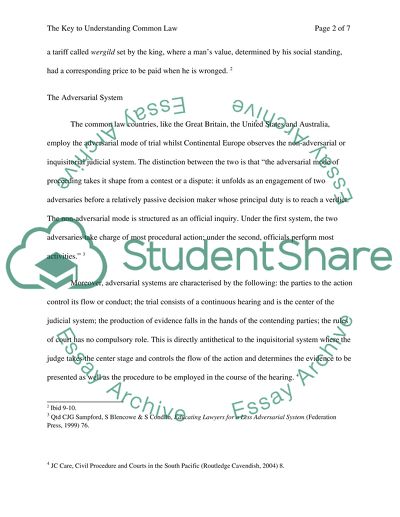Cite this document
(The Adversarial Nature of the Common Law System Essay Example | Topics and Well Written Essays - 1500 words, n.d.)
The Adversarial Nature of the Common Law System Essay Example | Topics and Well Written Essays - 1500 words. https://studentshare.org/law/1554187-the-key-to-understanding-common-law-system-is-their-adversarial-nature
The Adversarial Nature of the Common Law System Essay Example | Topics and Well Written Essays - 1500 words. https://studentshare.org/law/1554187-the-key-to-understanding-common-law-system-is-their-adversarial-nature
(The Adversarial Nature of the Common Law System Essay Example | Topics and Well Written Essays - 1500 Words)
The Adversarial Nature of the Common Law System Essay Example | Topics and Well Written Essays - 1500 Words. https://studentshare.org/law/1554187-the-key-to-understanding-common-law-system-is-their-adversarial-nature.
The Adversarial Nature of the Common Law System Essay Example | Topics and Well Written Essays - 1500 Words. https://studentshare.org/law/1554187-the-key-to-understanding-common-law-system-is-their-adversarial-nature.
“The Adversarial Nature of the Common Law System Essay Example | Topics and Well Written Essays - 1500 Words”. https://studentshare.org/law/1554187-the-key-to-understanding-common-law-system-is-their-adversarial-nature.


